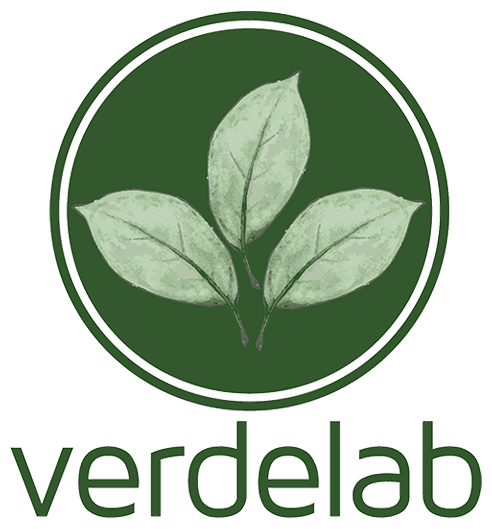Dry needling is a therapeutic and targeted method of managing soft tissue injuries, aches and pains. Using acupuncture needles to stimulate the nervous system, increase blood flow, promoting change in the muscle tissue is part of the dry needling method. Part of dry needling is the increase in blood flow, and neural stimulation, promoting recovery and the healing cycle.
Dry needling can be used in conjunction with massage therapy to increase the range of motion of a specific muscle or group of muscles. At Remedial Massage Brunswick we use dry needling when it suits the client and as part of an appropriate treatment plan. The beneficial effects of dry needling can sometimes be felt very soon after the treatment, with a decrease in muscle ache and pain, and an increase in movement and mobility.
Dry needling doesn’t have to be sharp. Sometimes a dull to strong ache might be experienced, which is considered a good sign, as it is creating change in the muscle tissue. Some part of the treatment may even produce a pleasant relaxing sensation
Some areas that dry needling is beneficial and effective for:
- Low back pain
- Headaches and migraines
- Musculoskeletal pain
- Fatigued, aching muscles
- Restricted and tight muscles
- Soft tissue recovery
- Fibromyalgia
- Sciatica
A common question asked is ‘what is the difference between Acupuncture and Dry needling’. Acupuncture is the Eastern Methodology of using needles as part of a health treatment to manage a range of pathologies, illness and health issues, based on traditional Chinese meridians. Dry needling is specifically for the treatment of muscle tissue, fascia and tendons. Dry needling is used for treating muscular soft tissue injuries, stimulating the injured muscle tissue, and creating change. It is referred to a ‘dry needling’, as no fluids are injected or drawn out from the body.
We have been practicing dry needling at Remedial Massage Brunswick for over 10 years, and find it a specific way to treat different areas of the body. We use safe management practices, and follow specific health and safety guidelines within the practice.
Dry needling is only a contra-indication for people on blood thinners, and would be avoided if a client felt fearful about the use of needles. Dry needling is a safe method of treatment and has proven to be effective modality, especially used in conjunction with massage therapy.
